The year 2018 swished myriad brushstrokes on the canvas of the Entertainment Industry in the past year. Ineluctably, motion pictures have gained momentum with VFX being the crucial part of the process. Indian movies over the past year have made use of the art of VFX by varying degrees. It has not escaped the notice of Indian masses that even though Indian VFX scene is purportedly in its first flushes, Indian artists have long been associated with the major International projects across the world.
Upping the VFX quotient, many Netflix programmes like Lost in Space, Crown, Stanger things and The Gifted also used copious amounts of visual effects and CGI techniques to buttress the storytelling. Building towards visually-pleasing content, Lost in Space particularly had the audiences in awe with its high-quality visual effects.
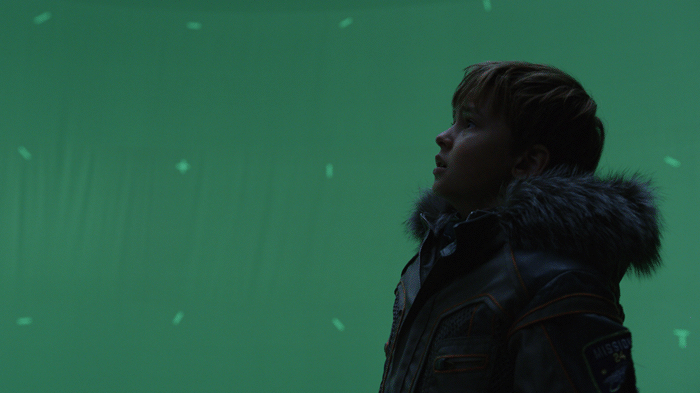
Lost in Space, an American science fiction Netflix television series, set 30 years in future where colonisation of space is the reality, is the series that rose to the fore with stunning graphics. Elaborating on their VFX process, Image Engine visual effects supervisor Joao Sita said to AnimationXpress, “We completed a total of 271 shots across five episodes with 11 of those shots being used for the teaser trailer.” Besides that, Cinesite studio was the other vendor of the series, who delivered over 160 VFX shots for four episodes.
Netflix series that floored the viewers with outlandish CG creatures infused with superb visual effects is Stranger Things. Paul Graff, Stanger Things VFX supervisor Paul Graff and VFX producer of Stanger things Christina Graff created a number of ghoulish monsters with jiggered faces and intricately wonky structures, thereby setting a high standard for OTT platforms.
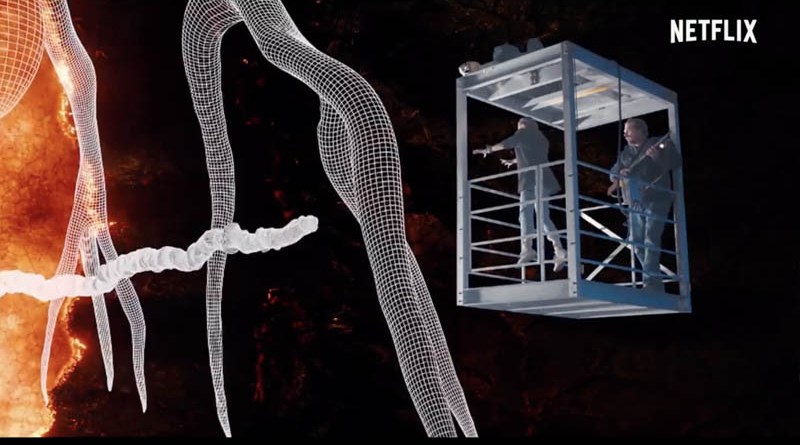
Speaking to AnimationXpress, Industry veteran and Fireflies Creative Studio VFX supervisor and director Sanath PC said, “I think the digitally generated environment and characters are helping the filmmakers to tell their stories more effectively, and spectacularly than ever before.”

2018 saw a spate of VFX-rich movies from Hollywood like Aquaman, Fantastic Beasts- The crimes of Grindelwald, Solo: A Star Wars Story that wowed the masses with superlative visual spectacles. One movie that stood out as the crowning glory on the entire VFX landscape of the past year was Andrew Serkis’ darker retelling of the Jungle book, Mowgli with its unprecedented and fresh visual effects techniques.
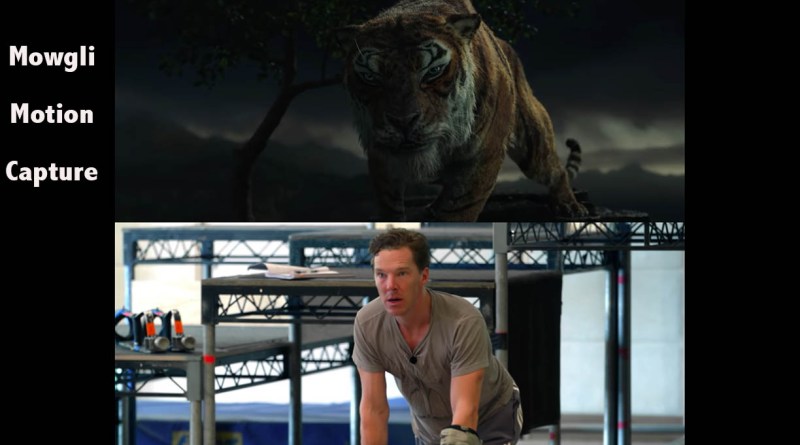
Especially the technique of performance capture that allowed the actors to not only lend their voices to the animals but also perform to fit in with the structure of the animals whereby tapes on their faces replicated the exact expressions that they would portray for their characters and their semi-anthropomorphised interactions. It’s praiseworthy how the animals are made to look so human in their sensitively interpreted facial expressions along with the bucolic environment in the jungle that lay next to the human settlement. Using head-mounted cameras to first capture the performance, animators referenced the performances for hand-animating, adding the intricate detailing of facial countenances on the CG creatures which made the animals so spookily similar to the actual actors.

Simulcam technique which is derived from the word simulation was also extensively used for amalgamating puppet character props interacting with Mowgli on set against the Chroma screen while the director could view the low-resolution CG characters and the atmosphere around them on a screen during the elemental photography stage for the accuracy of the shot positioning.

Indian movies rolled out ground-breaking VFX movies like 2.0, Thugs of Hindostan and Zero on celluloid that marked an exemplary shift in the paradigm of how stories are told in India. 2.0 proved its mettle with extensive use of VFX, making it an absolutely magnificent treat and thereby crystallising the Indian VFX scene.
Echoing the same sentiment, FluiidMask founder and industry veteran Viral Thakkar said, “The efforts are being seen and the graph of the Indian VFX scene seems to be rising. Especially directors down south are exceptionally talented and professional. With movies like 2.0 and Thugs of Hindostan, Indian cinema has definitely come a long way”
Thugs of Hindostan might not have fared well in terms of the story yet the VFX shots opened the spectacular gateways of possibilities which were awe-inspiring to consume. With the visual effects being an integral part of the action-adventure, YRF’s studio’s in-house special effects wing, yFX sashayed its way into the list of top VFX studios.
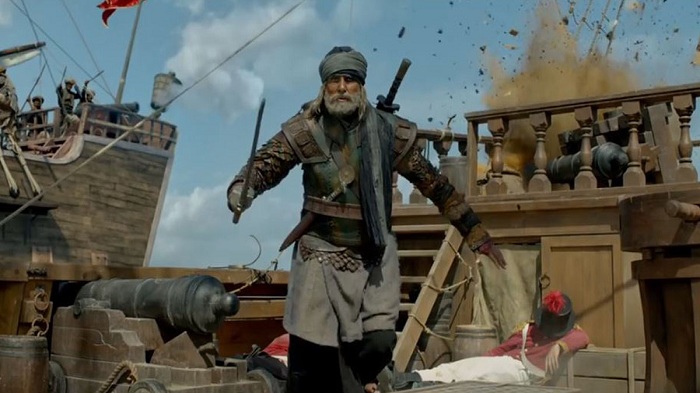
2.0 was another mammoth VFX project that left an impression on the global frontiers with stupendous visuals. Lyca productions’ attempt at showing the phones fly off the shelves and dovetailing with the massive bird entirely made out of phones, made for a spectacular visual for the overall movie. Disgruntled ornithologist played by Akshay Kumar was also given a comprehensive CGI-makeover that brought out the true villainy as vigilante Robot Chitti played by Rajinikanth fights him off.
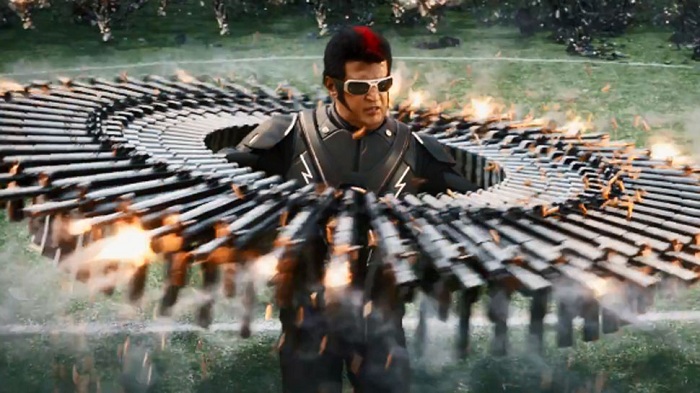
Redchillies has been consistently churning out stellar VFX content as the flagbearer of Indian VFX scenario. SRK-starrer Zero left people baffled with a possibly never-seen-before feat in the history of cinema where the star was shrunken into a dwarf using complex techniques like Double Scales, Forced Perspective and digitally-created backgrounds for CG tracking that served as the backdrop to the performance.
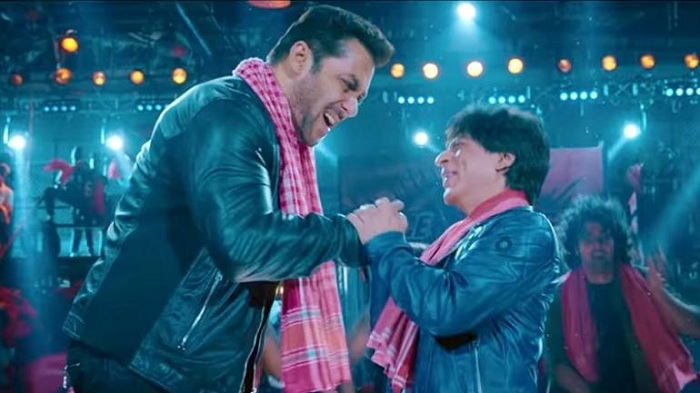
The efforts were commendable since the entire floor had to be recreated with the lowered station specifically designed for the star to perform on in order to get a short-stature shot. Apparently, most of the scenes had to be done thrice. The lengths (Pun intended) that the team went to deliver a seamless visual treat to the masses definitely raised the bar of the entire Indian VFX scenario.
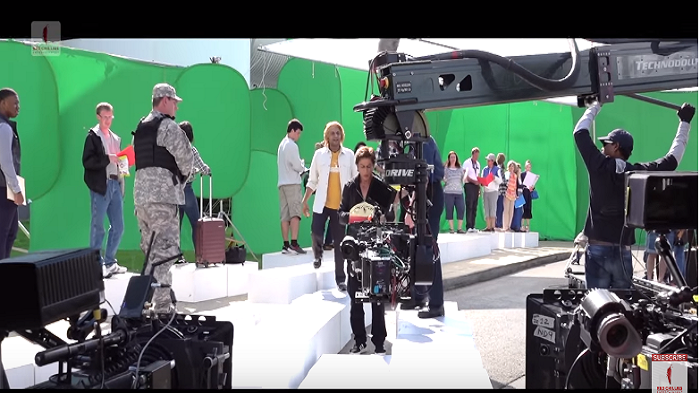

Movies like Kedarnath took us to the temple, the surrounding set against the backdrop of the torrential disaster that took place in the past. VFX replicated of the giant wave that subsumed the Kedarnath temple along with the onslaught of the horrid landslides. Showing the jaw-dropping magnitude, it sure presupposed massive detailing and technical work in designing the shot. Offering a glimpse into the lives of the people residing in the area along with their daily struggles in relation, Kedarnath VFX head Vishwas Savanoor with his team managed to recreate the scene brilliantly.
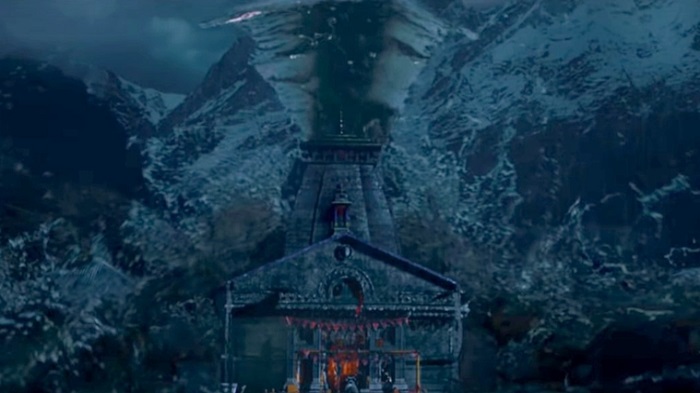
In an interview with AnimatonXpress, Savanoor said, “No one had done water (water scenes) in India on such a big scale. So this was quite a task. And I would say we did it well. We had the whole team making sure the shots are proper. We had many reference videos of the actual disaster. Last I remember, Water scene was done was in Mohanjodaro but this was cinematic and more real. Shooting more than 100 shots only of water, we had been testing this on many software. We had to use multiple software including Houdini to create just water scenes”
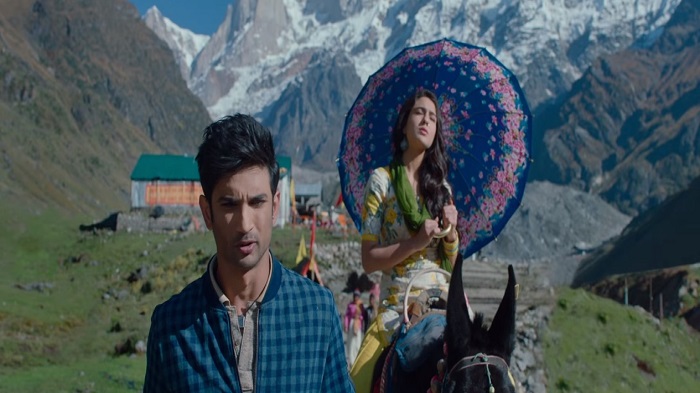
With more such VFX-rich content being rolled out, not just movies but also other platforms, the immaculate flag of VFX is unfurled and ready to wave and ride the range, standing the tests of current times.

